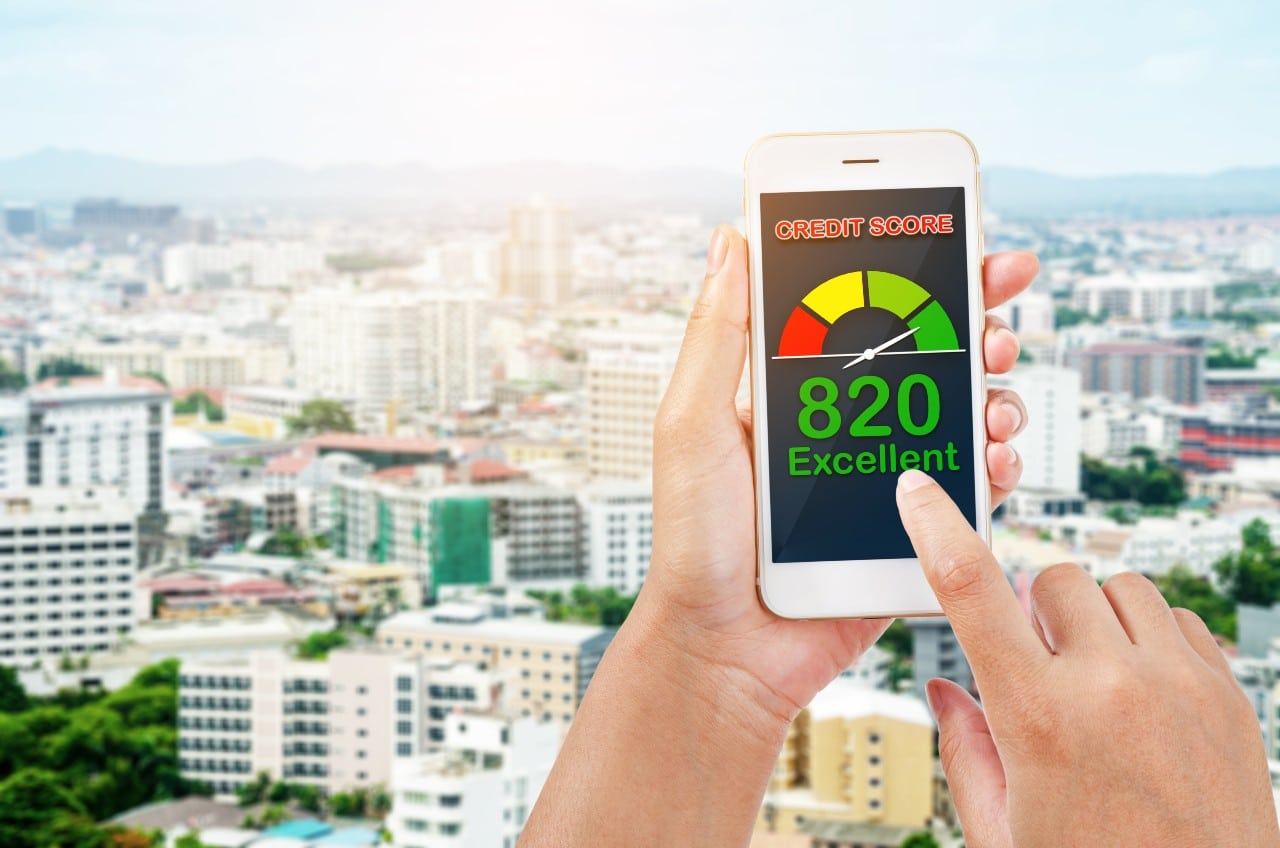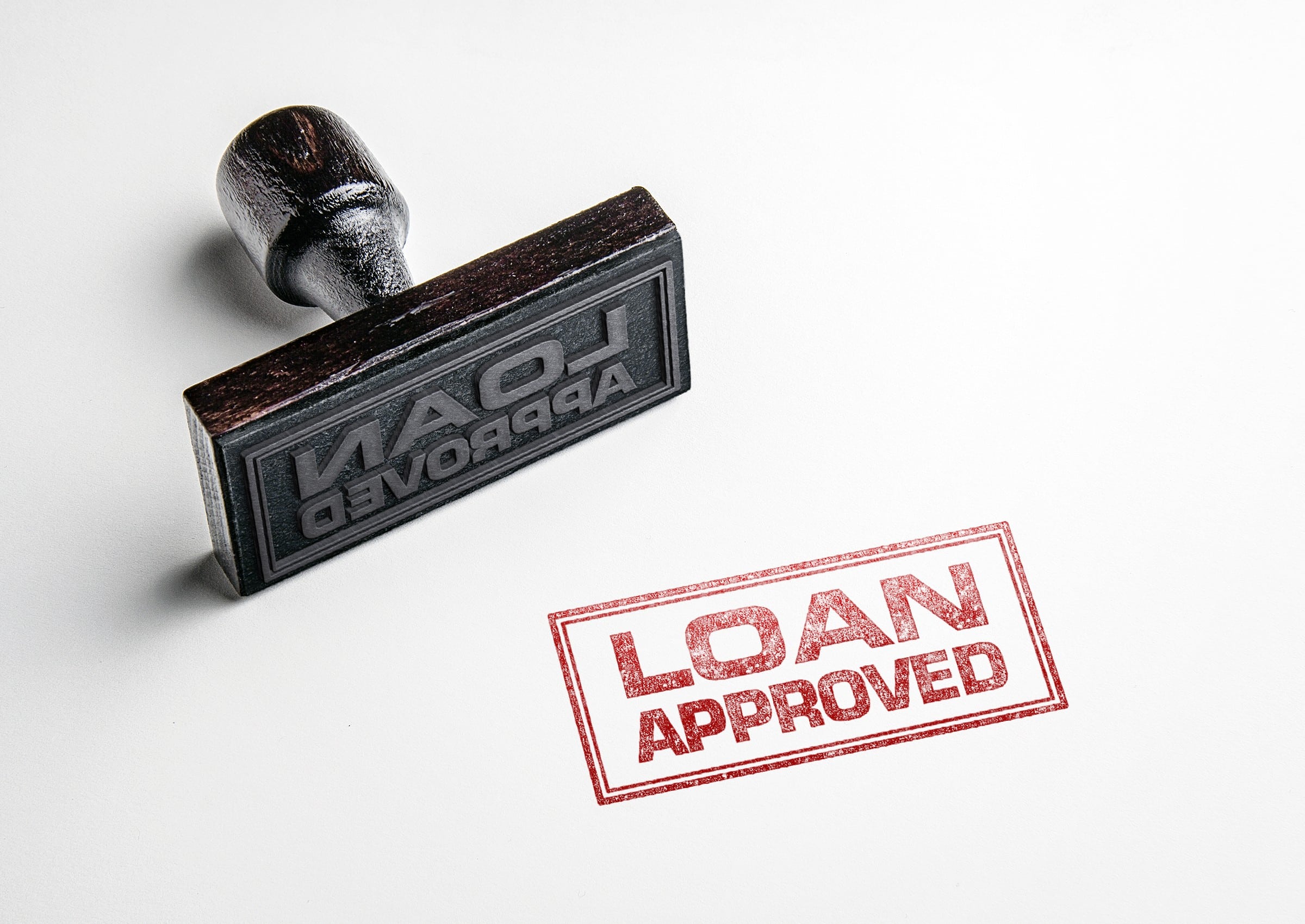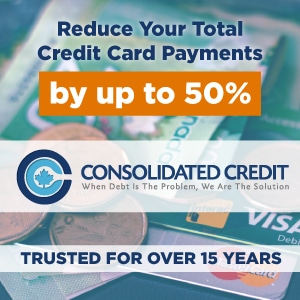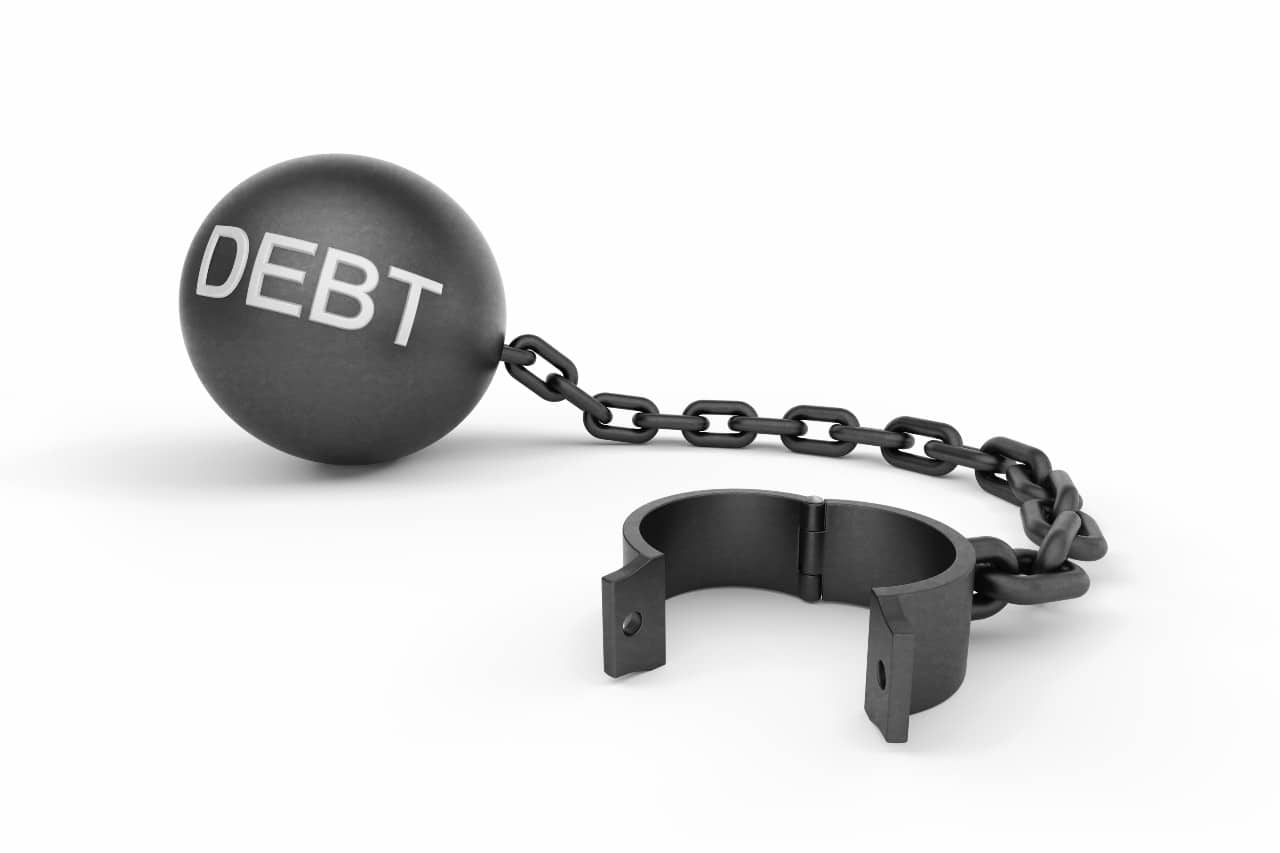Experiencing a financial emergency can be a harrowing experience. But it happens—especially nowadays. What can you do when paying interest on debt becomes too rough?
A line of credit can help you get through tight financial times.
What is a line of credit?
Lines of credit are loan types that allow you to borrow money. However, the amount is preset. There isn’t a specific purpose the funds must be used for, and you can spend a little—or a lot – of your funds as long as you don’t exceed the maximum amount granted by your banking institution.
You can make payments towards what you’ve spent or you can pay it back in full. Line of credit interest rates vary, and interest accumulates on amounts that have yet to be paid.
Some providers charge fees. For instance, to get your LOC opened, you might be asked to pay registration or administration fees. Ask your financial institution if they charge fees when opening a LOC.
Major Line of Credit Providers in Canada:
Additional LOCs:
Using a Line of Credit Wisely
There are a few rules of thumb you should follow to ensure a LOC doesn’t worsen your debt situation.
Create a Budget
Start by outlining all your monthly income and expenses. This helps you track how much you can spend each month, how much debt you can take on in addition to current expenses and how much you can afford to repay.
Only Borrow What’s Affordable
This LOC isn’t likely the last time you’ll want or need credit. Show your future lenders that you’re dependable by borrowing only what you’re able to pay back. It’s accepted that you shouldn’t spend any over one-third of your monthly income on debts. This includes:
- Mortgage payments.
- Current credit cards.
- Car loan.
- Student loans.
- Credit lines.
Use the budget you created above to keep your finances on track. A line of credit calculator can also help.
Pay Bills on Time
Lenders are much more receptive to borrowers who show they’re able to maintain monthly payments on their current obligations. Plus, when you pay your monthly LOC payments on time, you can avoid late fees and maintain or even boost your credit score.
Carry Responsible Balances
While it’s always best to pay the balance in full every month, it’s understandable if that’s not always possible. Carrying a balance on your LOC is okay–but if you do, remember to at least make timely minimum payments each month. When you can, pay more than the minimum. This reduces your balance and the amount of interest the lender can charge you.
But carrying a responsible balance also means trying not to max out your line of credit—even if you pay it in full every month. Getting too close to limit can flag credit bureaus and turn off potential future lenders.
Recommended Reading: Self-Employed and Small Business Taxes 101
Check Your Credit Report Regularly
Speaking of credit bureaus, it’s a good idea to touch base regularly–at least once per year. Monitoring your reports helps you proactively catch errors and correct them before they can damage your rating. Some of the most common errors reported on credit reports include:
- Fraudulent credit accounts
- Paid-off loans that still show as “open”
- Incorrect information about you, such as your address, current employer and marital status
If it’s been a while since you’ve checked your credit, contact TransUnion Canada or create an Equifax Canada login.
Take Advantage of Available Tools
Technology advancements have brought the future to finance. Many lenders offer free tools that help you stay on top of your accounts. Some common tools available include:
- Online account access
- Online bill payment
- Multi-channel statement alerts
- Free transfers from and to any of your other accounts, as well as to other banks
Take advantage of the benefits technology offers so you can keep your finances in the black.
Recommended Reading: Alternatives to Declaring Business Bankruptcy
Revolving vs. Non-Revolving Lines of Credit
Many lenders offer lines of credit, but do you know what form of credit line would best suit your needs? There are two different forms:
- Revolving
- Non-revolving
Let’s look at the differences between them.
Revolving
Revolving lines of credit are just like they sound—they’re offered by lenders on a revolving basis and there’s no predetermined time limit for how long you have access to the offered funds. The lender establishes a credit limit, and you can use the funds as you see fit. Most lenders charge interest (you can find your rate using an interest calculator), but you can make payments at any time. As you repay spent portions of your limit, that amount becomes available to spend again.
Non-Revolving
A non-revolving line of credit is the same as a revolving line of credit in all ways but one—once you’ve repaid the amount lent, the account is closed. Instead of replenishing your spending limit when you make a payment, you are paying off the lent amount.
Recommended Reading: How Small Business Loans Work
Types of LOCs
Within the two forms of credit lines, there are multiple types, including:
Secured lines of credit —A lender provides you with an LOC in exchange for some form of collateral, equal to or greater than the amount of the credit line. This is typically the type of credit line a bank might offer a borrower with less than perfect credit.
Unsecured lines of credit —A lender provides you with a line of credit and you do not have to put down any collateral. This is typical for borrowers with good to excellent credit.
Home equity (HELOC)—An LOC the amount of which is equal to or less than the amount of equity in your home.
Personal —A line of credit for personal use. This type of credit line can be secured or unsecured, revolving or non-revolving.
Student —A line of credit perfect for young adults who have little to no credit history built.
Pros and Cons
As with any financial instrument, there are pros and cons to getting a line of credit.
Pros
- Lower interest rates than credit cards and personal loans
- May not have to pay set-up or admin fees
- If the lender and your personal bank are the same, you can avoid overdrafts by having any fees transferred to the line of credit
Cons
- It’s easy to lose control of your finances if you don’t watch your spending habits
- With variable interest rates, an interest rate increase could cause your balance to balloon
Do You Need a Line of Credit?
Emergencies happen, and it’s nice to know there are options for staying on top of your finances. Do you need debt relief? Reach out today.





